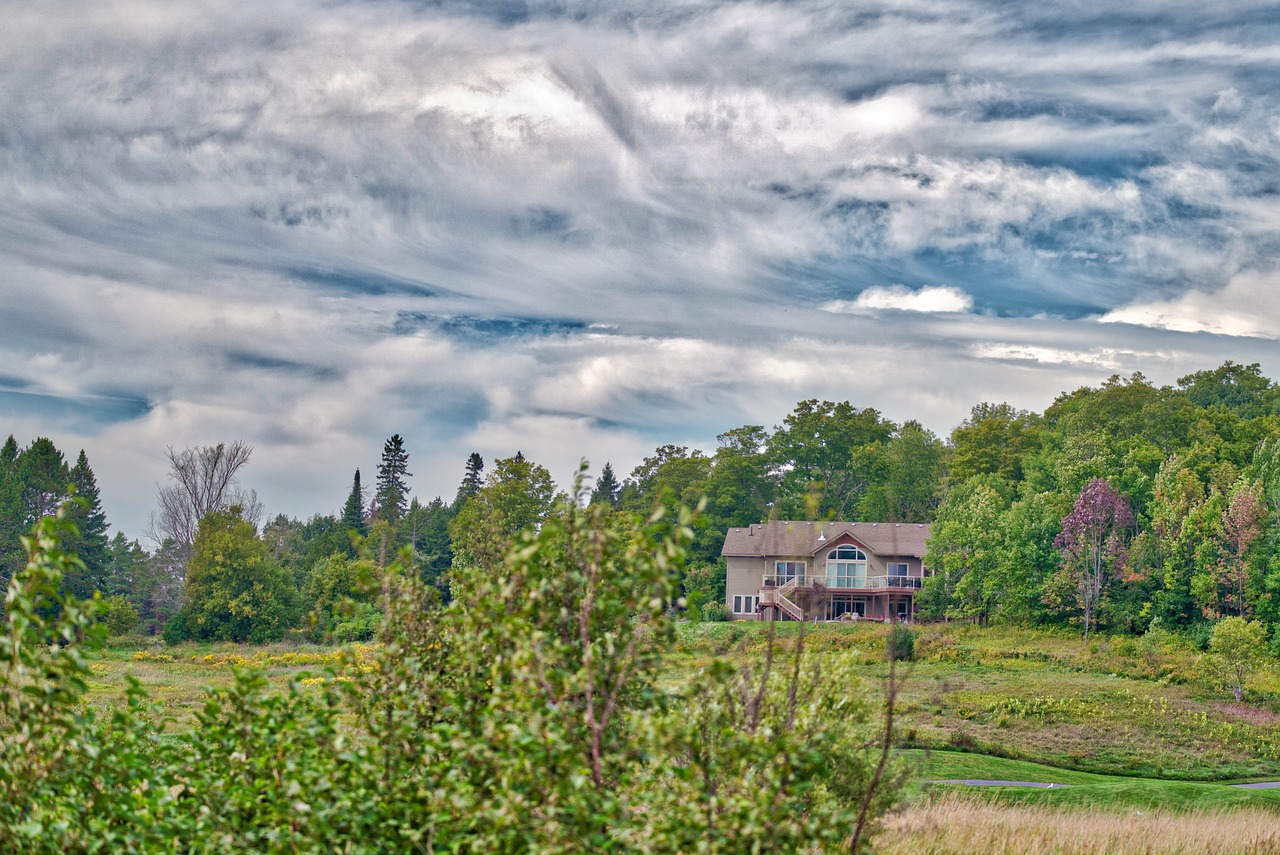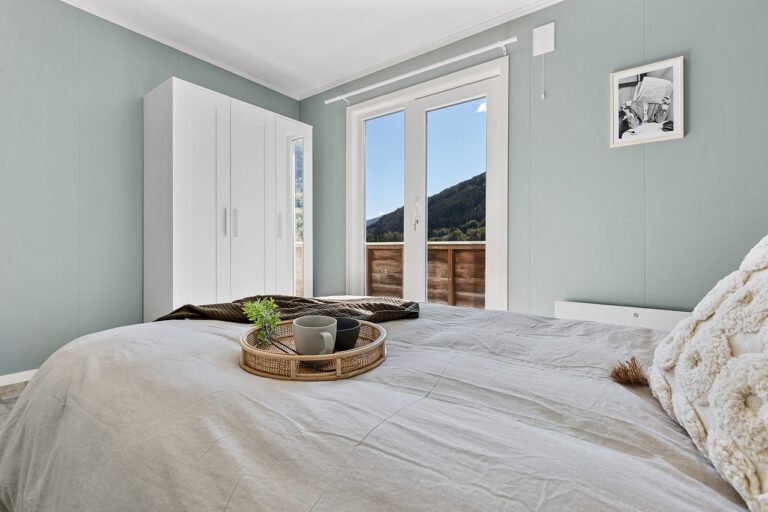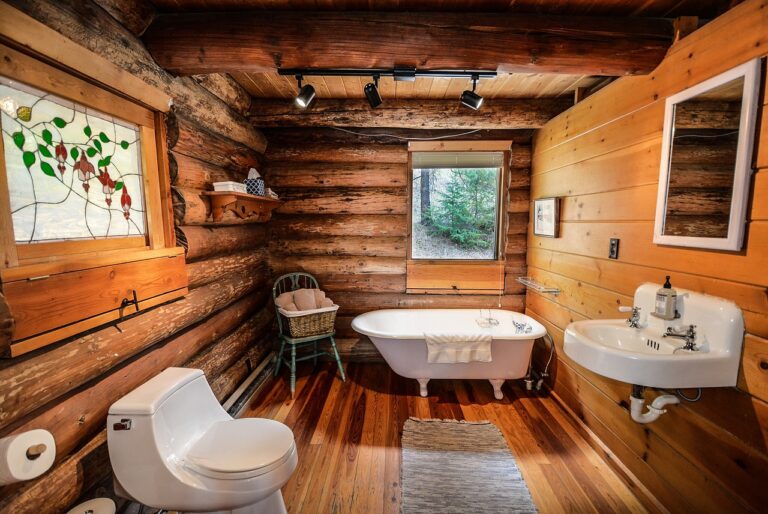The Impact of Biodegradable Building Materials on Home Construction
Biodegradable building materials offer a sustainable alternative to traditional construction materials, making them a popular choice for eco-conscious builders. These materials are derived from natural sources and can easily decompose, reducing environmental impact and promoting a healthier ecosystem. Additionally, biodegradable building materials often have excellent thermal properties, helping to regulate indoor temperatures and reduce energy consumption.
On the downside, biodegradable materials can be more expensive than conventional building materials, making them less accessible for some builders. They also require specialized knowledge and skills for proper installation and maintenance, which can pose challenges for contractors and builders who are not familiar with these materials. Additionally, the durability and longevity of biodegradable materials may be a concern, as they may not be as resilient as traditional materials in harsh weather conditions.
Benefits of Using Biodegradable Materials in Home Construction
Utilizing biodegradable materials in home construction offers various advantages. Firstly, these materials are environmentally friendly as they decompose naturally, reducing the overall carbon footprint of the building. Secondly, biodegradable materials are often sourced from renewable resources, such as bamboo or cork, making them a sustainable choice for construction projects.
Moreover, incorporating biodegradable materials in home construction can contribute to improved indoor air quality. These materials are usually free from harmful chemicals and toxins, creating a healthier living environment for occupants. Additionally, biodegradable materials tend to have better thermal insulation properties, which can lead to energy savings in the long term.
Challenges Faced in Implementing Biodegradable Materials in Construction
When it comes to implementing biodegradable materials in construction, one significant challenge lies in the availability of these eco-friendly options. While awareness about the benefits of using biodegradable materials is increasing, the accessibility and affordability of such products can still be limited, making it challenging for builders to incorporate them into their projects.
Another obstacle faced in the implementation of biodegradable materials in construction is the lack of standardized regulations and certifications. Without clear guidelines on what qualifies as a biodegradable material and how to verify its sustainability, builders may find it difficult to navigate the market and ensure that the products they are using are truly environmentally friendly. This regulatory ambiguity can create uncertainty and hesitation in adopting biodegradable materials in construction projects.
What are the pros and cons of biodegradable building materials?
Biodegradable building materials are environmentally friendly, reducing the carbon footprint of construction projects. However, they may be more expensive and have limited availability compared to traditional materials.
What are the benefits of using biodegradable materials in home construction?
Using biodegradable materials can improve indoor air quality, reduce waste production, and contribute to a healthier living environment for occupants.
What are some challenges faced in implementing biodegradable materials in construction?
Some challenges include limited availability of biodegradable materials, higher costs compared to traditional materials, and potential durability and performance issues. Additionally, there may be resistance to change and lack of awareness about the benefits of biodegradable materials.







